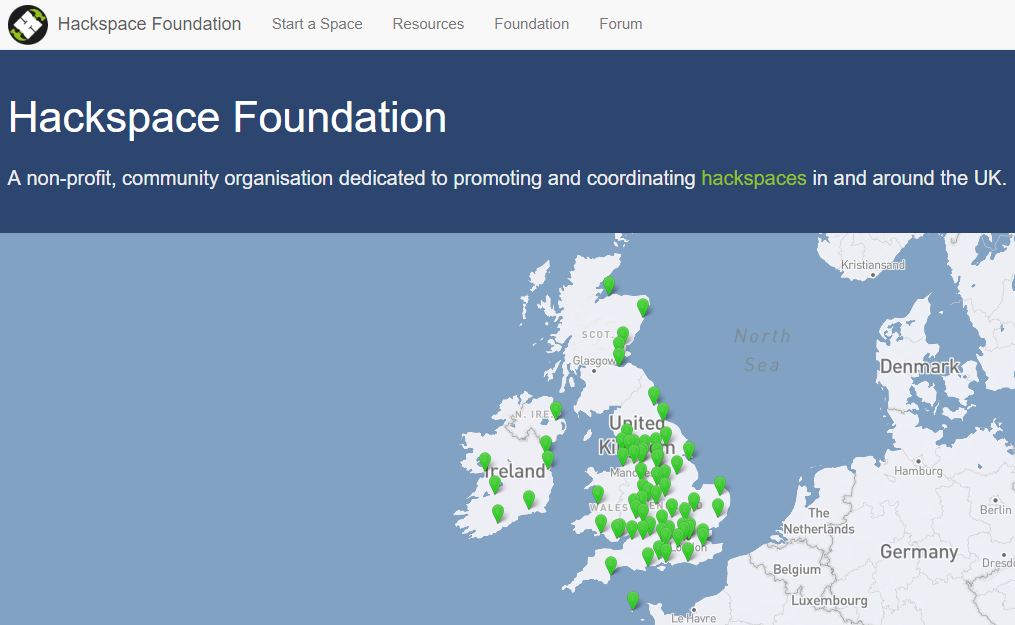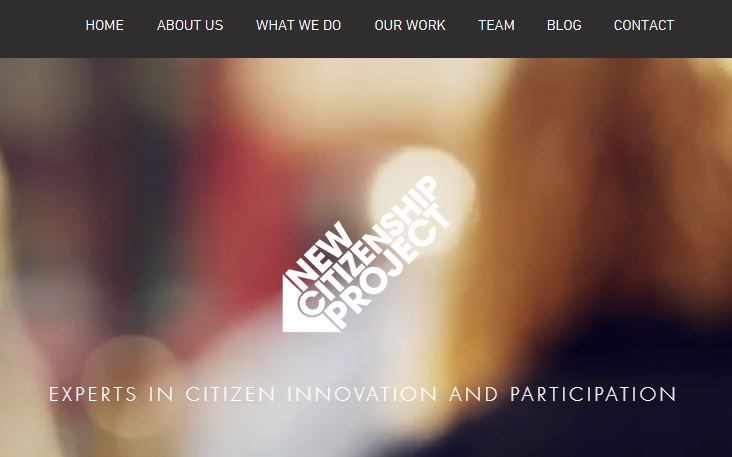In many ways, the future is unpredictable. A report by the World Economic Forum reveals that almost 65 percent of the jobs elementary school students will be doing in the future do not even exist yet. Combined with technological automation and the disappearance of traditional jobs, this leaves us with a critical question: how can we survive such a world?
The answer may be imagination.
Initially coined by Rita J. King, the imagination age is a theoretical period beyond the information age where creativity and imagination will become the primary creators of economic value. This is driven by technological trends like virtual reality and the rise of digital platforms like YouTube, all of which increase demand for user-generated content and creativity. It is also driven by automation, which will take away a lot of monotonous and routine jobs, leaving more higher-ordered and creative jobs.
“In the imagination age, we can collectively imagine and create the future we want to inhabit before we lose that chance,” says Rita. “This isn’t just about generating utopian visions to make ourselves feel better about the challenges we face. We can rapidly prototype and test ideas to alter our systems and lives.”
The Imagination Economy
Technological trends are giving rise to what many thought leaders refer to as the “imagination economy.” This is defined as “an economy where intuitive and creative thinking create economic value, after logical and rational thinking has been outsourced to other economies.”
Automation has a role to play in the outsourcing process. A recent report by the McKinsey Global Institute found that jobs involving data collection, data processing, and predictable physical work were most likely to be automated and outsourced to technology. In contrast, the hardest activities to automate are those involving complex expertise in decision-making, planning, human interaction, imagination, or creative work. Unsurprisingly, humans continue to outdo machines when it comes to innovating and pushing intellectual, imaginative, and creative boundaries.
Economists like Michael Cox point out that jobs in publishing are declining, while jobs for designers, architects, actors and directors, software engineers, and photographers are growing. Adding to the trend, this century has seen a growth in games and interactive media jobs. All of this marks the beginning of the imagination age.
Need for Educational Reform
One of the tragedies of traditional education is that it was designed for the industrial age.
But now we’re not only living in the information age, we’re already moving on to the imagination age. Most traditional schools have failed to keep up with the effects of exponential growth on our world. Instead of putting an emphasis on grades or content knowledge, we need to start putting an emphasis on 21st-century survival skills. This includes keeping up with the increasing economic value of imagination and creativity.
There are many ways to improve these abilities in young minds. One way to cultivate creativity is to place an increasing focus on multi-disciplinary thinking, where students are taught to make cross-curricular links and see problems from many different angles and contexts.
Another critical method is to encourage students to not just be passive consumers of information, but also to be involved in creative processes as active doers, using the knowledge they gain to actively solve problems. Other imagination-enabling activities can include self-reflection, creative writing, listening to inspiring non-lyrical music, immersing oneself in creative films or books, and so on.
Imagining the Future
There is more than just economic value to be gained from the emergence of the imagination age. Before we go about shaping the future, we first need to decide what kind of future we want to live in. This is where imagination is a powerful force. In the words of the prime minister of Dubai, his highness Sheikh Mohammad bin Rashid Al Maktoum, “The future belongs to those who can imagine it, design it, and execute it. It’s not something you await but rather create.”
The ability to envision radical and exciting futures, for ourselves as individuals and collectively as a species, is a fuel for human progress. After all, it is the reason Albert Einstein famously said, “Imagination is more important than knowledge.”
In many ways, we are already living in our imaginations. Consider this: every invention or human construct—whether it be the spaceship, an architectural wonder, or a device like an iPhone—once existed as a mere idea, imagined in someone’s mind. The world we have designed and built around us is an extension of our imaginations.
To learn more, please visit: The Singularity Hub






